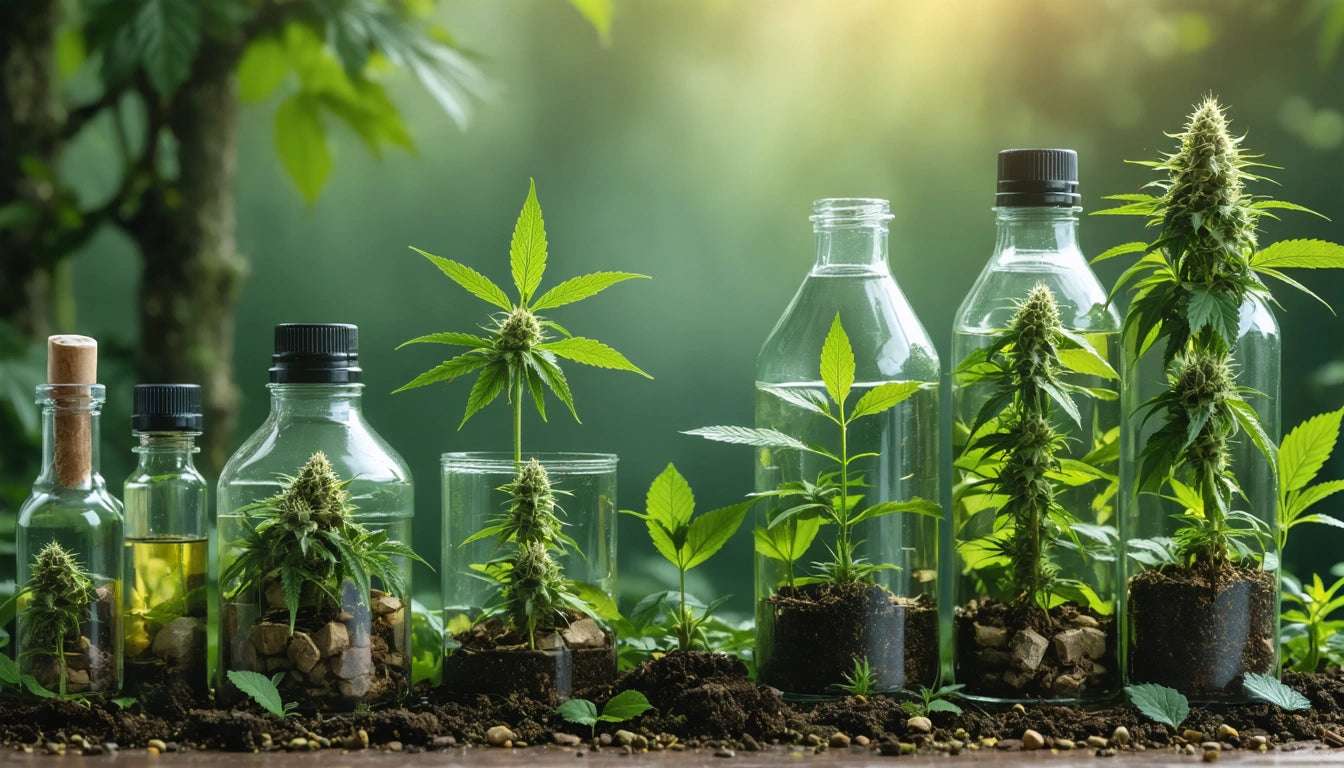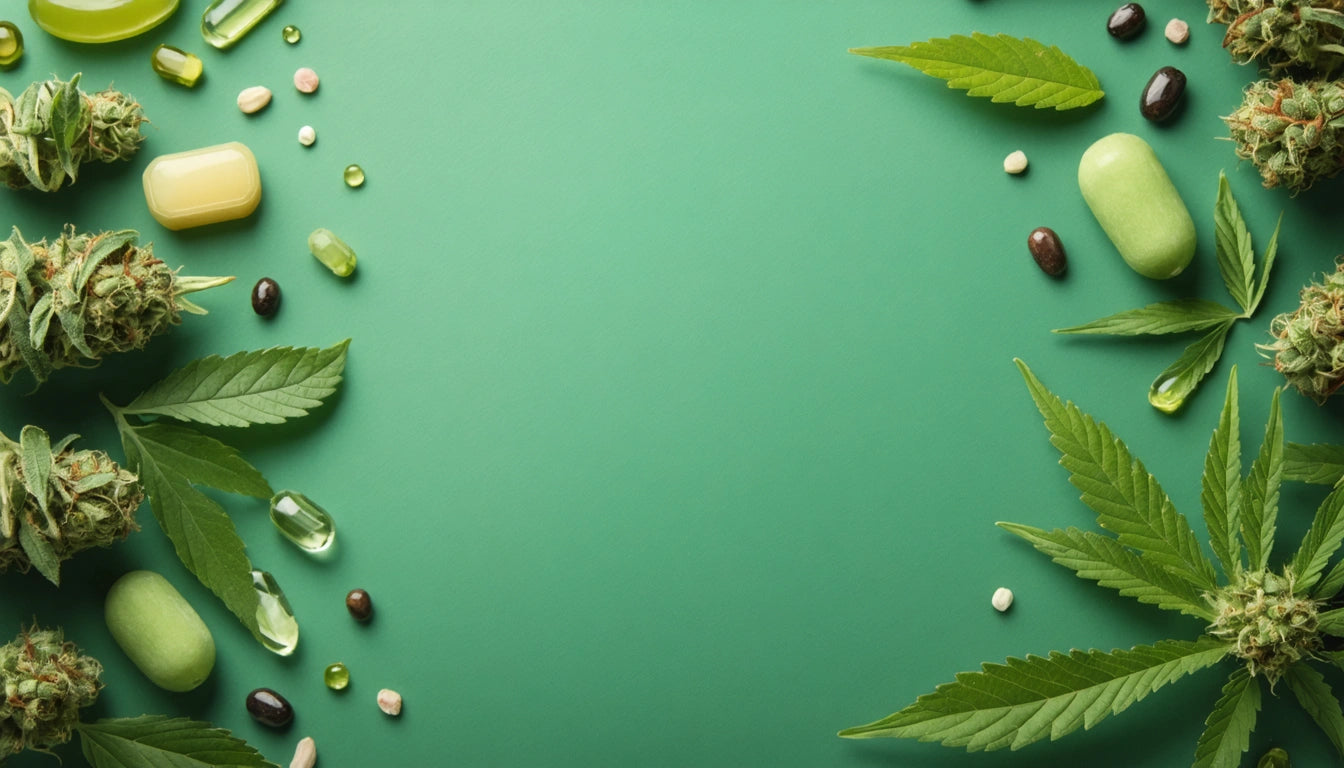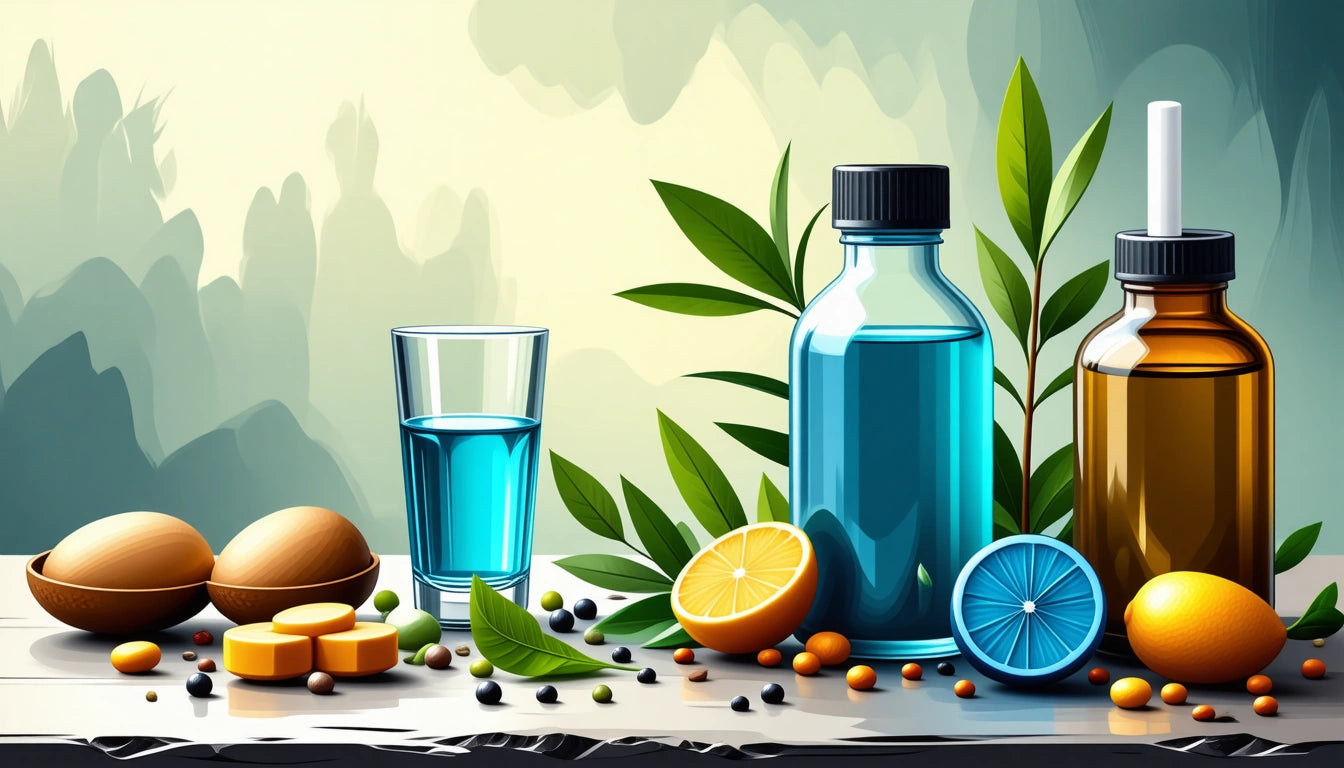Table of Contents
- Understanding Upcycled Packaging in the Cannabis Industry
- Common Upcycled Materials for Cannabis Products
- Benefits of Upcycled Packaging Beyond Sustainability
- Implementation Strategies for Cannabis Brands
- Regulatory Considerations for Upcycled Cannabis Packaging
- Future Innovations in Upcycled Cannabis Packaging
The cannabis industry faces unique packaging challenges, balancing strict regulatory requirements with growing consumer demand for sustainability. Upcycled packaging materials offer an innovative solution, transforming waste streams into valuable, compliant packaging while reducing environmental impact and creating brand differentiation.
Understanding Upcycled Packaging in the Cannabis Industry
Upcycling differs from recycling in that it transforms waste materials into products of higher quality or environmental value. In cannabis packaging, this means converting items that would otherwise end up in landfills into functional, compliant containers and wrappers that protect products while telling a sustainability story.
Unlike traditional recycling, which often degrades materials through processing, upcycling maintains or enhances the integrity of the original materials. This distinction is important when considering the differences between compostable and recyclable packaging options.
Common Upcycled Materials for Cannabis Products
Hemp-Based Materials
Hemp waste from cultivation can be processed into packaging materials, creating a closed-loop system. These fibers can be formed into biodegradable containers suitable for popular eighth-ounce flower packages that combine sustainability with the necessary barrier properties.
Ocean Plastic
Recovered ocean plastic can be transformed into rigid containers for concentrates and vape products. Brands like Clean Coast Packaging have pioneered methods to process ocean waste into child-resistant packaging that meets regulatory requirements.
Agricultural Waste
Byproducts from food production, such as sugar cane bagasse, corn husks, and mushroom mycelium, can be formed into protective packaging for cannabis products. These materials offer excellent cushioning properties while being fully biodegradable.
Benefits of Upcycled Packaging Beyond Sustainability
Beyond environmental benefits, upcycled packaging offers several advantages for cannabis brands:
- Brand storytelling opportunities that resonate with conscious consumers
- Unique aesthetic qualities that can't be replicated with virgin materials
- Potential cost savings on materials, especially when integrated with local waste streams
- Marketing differentiation in a crowded marketplace
- Alignment with sustainable brand positioning that appeals to premium consumers
Research shows that sustainability-focused packaging can command price premiums of 5-25% in consumer goods markets, depending on the segment and execution.
Implementation Strategies for Cannabis Brands
Starting Small with Hybrid Approaches
Many successful brands begin with hybrid packaging that incorporates some upcycled elements alongside conventional materials. This approach allows for testing and refinement before a full transition.
Supply Chain Partnerships
Developing relationships with waste producers can secure consistent material streams. For example, partnering with local hemp farmers to utilize their agricultural waste can create a reliable supply of packaging materials.
Consumer Education
Clear communication about the origins and benefits of upcycled packaging is essential. Educating consumers about proper disposal or reuse extends the environmental benefits beyond the initial packaging life.
Regulatory Considerations for Upcycled Cannabis Packaging
Cannabis packaging must meet strict requirements regardless of material source:
- Child-resistance testing and certification
- Opacity requirements in certain jurisdictions
- Barrier properties to maintain product freshness and potency
- Labeling space for required warnings and information
Working with experienced packaging partners can help navigate these requirements while implementing upcycled materials. Balancing compliance and sustainability remains a key challenge for brands in this space.
Future Innovations in Upcycled Cannabis Packaging
The future of upcycled cannabis packaging looks promising, with several emerging trends:
Closed-loop systems where cannabis waste is processed directly into new packaging create truly circular economies. Advanced material science is enabling better barrier properties and child-resistance features in plant-based materials. Consumer participation programs that incentivize package return for upcycling are gaining traction.
As regulations evolve and consumer expectations increase, brands that pioneer innovative approaches to upcycled packaging will likely gain market advantages and contribute to reducing the estimated 10,000 tons of cannabis packaging waste generated annually in North America.
By embracing upcycled materials, cannabis brands can transform their packaging from a regulatory necessity into a valuable asset that builds brand equity while reducing environmental impact.











Leave a comment
All comments are moderated before being published.
This site is protected by hCaptcha and the hCaptcha Privacy Policy and Terms of Service apply.